Are Solar Hot Water Systems Worth It?
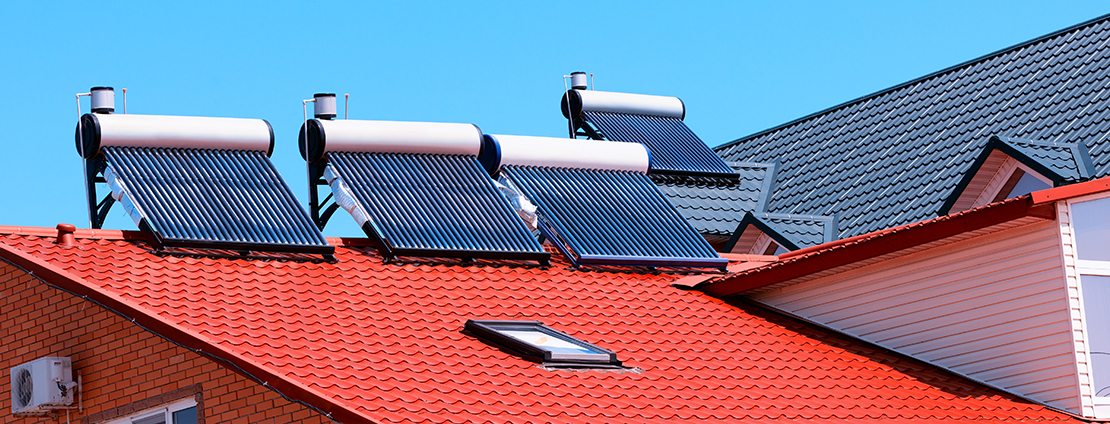
Are you tired of watching your energy bills rise each month? If so, you’re not alone. Hot water systems are often the culprits behind high electricity bills, and many Australians are now looking for more efficient, cost-effective solutions. One such option is a solar hot water system, which uses abundant sunlight to heat your water, reducing both your energy costs and carbon footprint.
But the big question remains: Is a solar hot water system really worth the investment? In short—yes! With careful consideration and the right system, solar hot water can pay off in both savings and environmental benefits.
Let’s dive into the details.
Why Switch to Solar Hot Water Systems?
1. Cost Savings
Although the upfront cost of a solar hot water system may seem high, it’s important to remember that solar energy is free. With electricity bills decreasing by up to 50-60% for hot water usage, many homeowners see a return on investment within 5 to 7 years. According to the Australian Department of Industry, Science, Energy, and Resources, households can save between $300 and $700 annually on energy bills after switching to solar hot water.
In addition to lower energy bills, solar systems typically last longer than traditional electric or gas models. You may also be eligible for government rebates and incentives, which we’ll discuss in more detail later.
2. Environmental Impact
By switching to solar, you’ll also be reducing your household’s carbon footprint. Solar hot water systems rely on renewable energy, which helps cut down the demand for non-renewable resources like coal and natural gas. According to Energy Matters, an Australian household using solar power for hot water can reduce its carbon emissions by up to 2.5 tonnes per year.
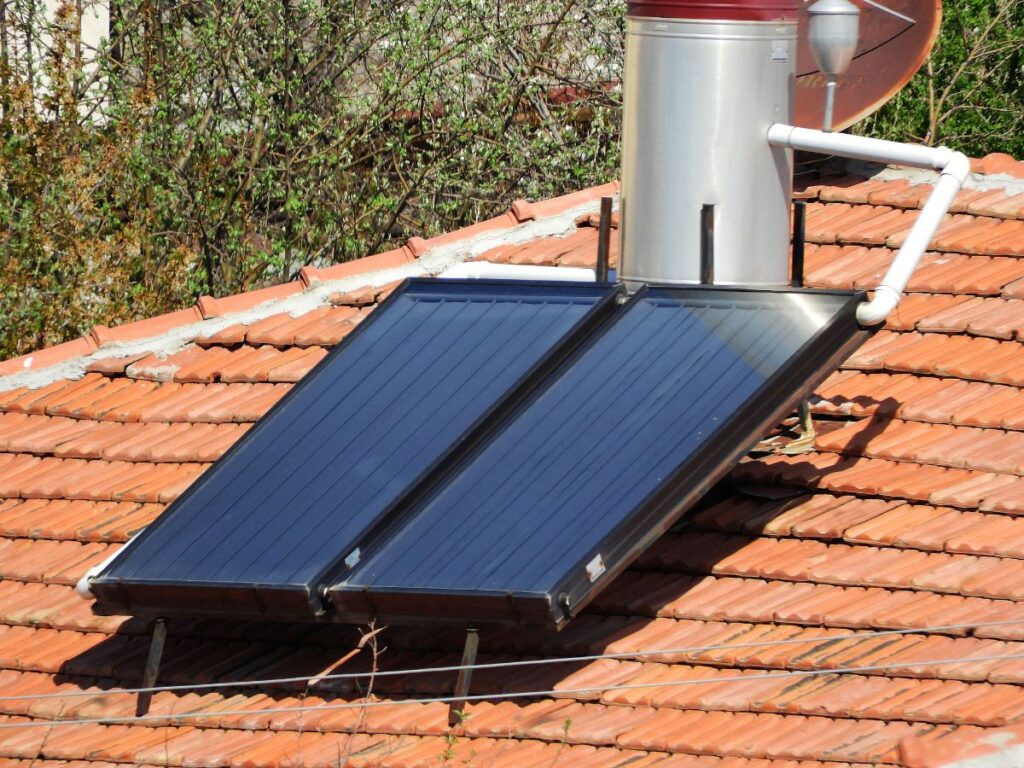
Solar vs. Traditional Hot Water Systems: Which is Better?
Solar vs. Electric Hot Water Systems
Traditional electric hot water systems are typically the most expensive to run. In fact, they can account for up to 25% of a household’s electricity consumption, according to Sustainability Victoria. By replacing an electric system with solar, you can expect to recoup the installation costs within 5-7 years. This makes solar an appealing option for homes with high hot water usage, such as larger families.
Solar vs. Gas Hot Water Systems
If you’re currently using a gas hot water system, the savings might not be as dramatic, but they are still worthwhile. Gas is a relatively efficient energy source, so the payback period for switching to solar might be longer—usually around 7-10 years. However, you’ll still benefit from reduced energy bills and the long-term sustainability of solar power. Plus, gas prices are rising, meaning solar could become even more cost-effective in the future.
Are Solar Hot Water Systems Worth It?
1. Installation Considerations
Installing a solar hot water system is not an overnight process. The solar panels must be positioned to capture maximum sunlight—usually on a north-facing roof—to ensure optimal energy production. If your roof is shaded or poorly oriented, you may need to install additional equipment, which can increase installation costs. You may also require council approvals in some areas.
2. Initial and Long-Term Costs
A solar hot water system costs anywhere between $4,000 and $8,000, depending on the type of system (roof-mounted vs. split system) and your location. The Choice guide on solar hot water systems suggests that split systems are often more efficient but tend to cost more upfront.
Electric booster models are generally cheaper than gas boosters, but both options can be significantly offset by Small-Scale Technology Certificates (STCs), which reduce the overall cost. For example, the number of STCs available to you depends on your system’s energy efficiency and location, but most households can save up to $1,000 through this incentive.
3. Maintenance Costs
Solar hot water systems require minimal maintenance, with regular inspections recommended every 4-5 years. Basic servicing (cleaning panels and replacing small components) may cost between $300 to $500, according to Your Energy Savings. This is a small price to pay compared to the long-term savings in your energy bills.
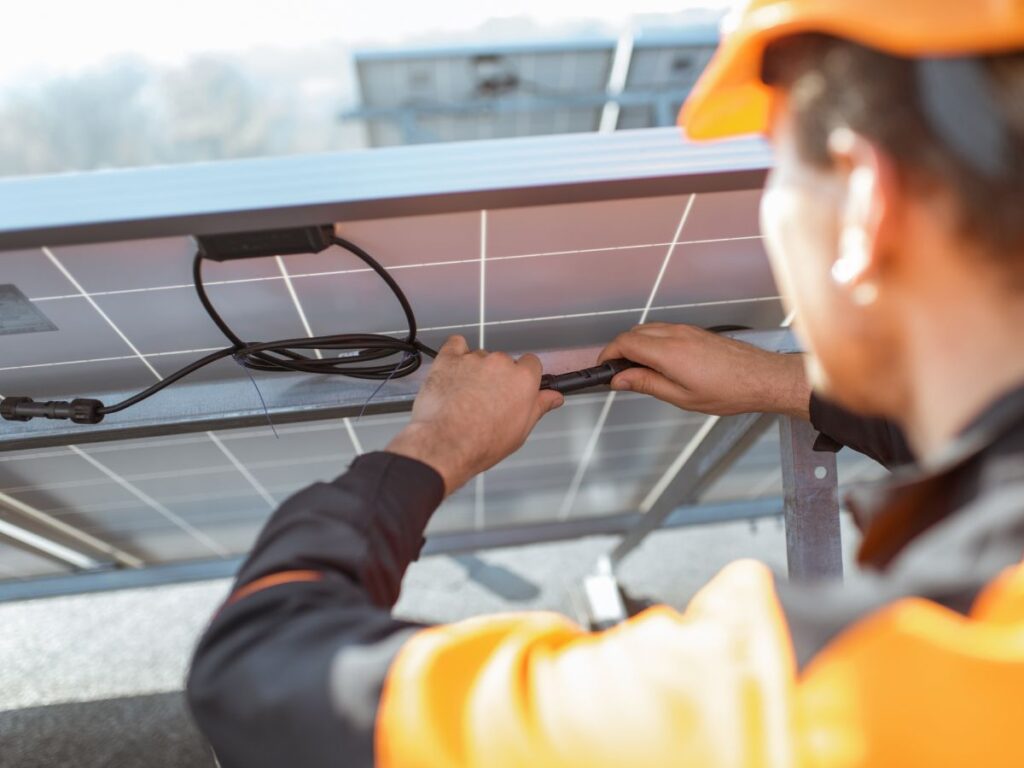
Additional Benefits of Solar Hot Water Systems
1. Federal Government Incentives
Australia’s federal government provides financial incentives to encourage the installation of renewable energy systems. Solar hot water systems qualify for the STC program, where the number of certificates you receive depends on your system’s performance and your location. The further north you live, the more STCs your system is eligible for, providing significant cost relief at purchase.
2. State Government Incentives
In addition to federal incentives, many states offer energy-saving schemes. For example, Queensland’s Affordable Energy Plan offers rebates for solar installations, while Victoria’s Solar Homes Program provides rebates and interest-free loans for solar hot water systems. Be sure to check your local council or state government website for the latest rebates and offers.
Is Solar Hot Water Right for You?
Solar hot water systems are an excellent choice for most Australian homes, but the benefits depend on factors like your location, roof type, and current energy usage. Here are some key questions to ask yourself:
- How much sunlight does your roof receive? A north-facing roof with plenty of sunlight is ideal.
- How many people are in your household? Larger families may see faster payback periods due to higher hot water usage.
- What is your current hot water system? If you’re switching from electric, the savings will be significant. If you’re switching from gas, you’ll still benefit, but it may take longer to see substantial savings.
Final Verdict: Is Solar Hot Water Worth the Investment?
In conclusion, solar hot water systems are a smart investment for Australian households. While the initial costs may seem steep, the combination of government incentives, energy bill savings, and environmental benefits make solar a worthwhile choice for the long term. Depending on your location, system choice, and usage, you could see a return on investment within 5 to 7 years.
Before making the switch, speak to an expert to determine the best system for your needs, and ensure that installation costs, rebates, and maintenance plans are factored into your decision.
Ready to take the leap and reduce your energy bills? Contact an Ipswich plumber today to learn more about solar hot water system installation and find the best option for your home.

Dan Parker is the Director of Parker Plumbing and has over 16+ years of experience in the plumbing industry. His commitment to providing exceptional customer service means that he has seen it all – anything to do with residential or commercial plumbing, he knows what to do. Passionate about helping people in his community, Dan strives to offer honest and reliable plumbing services in the Brisbane and Ipswich areas.
Latest Blogs
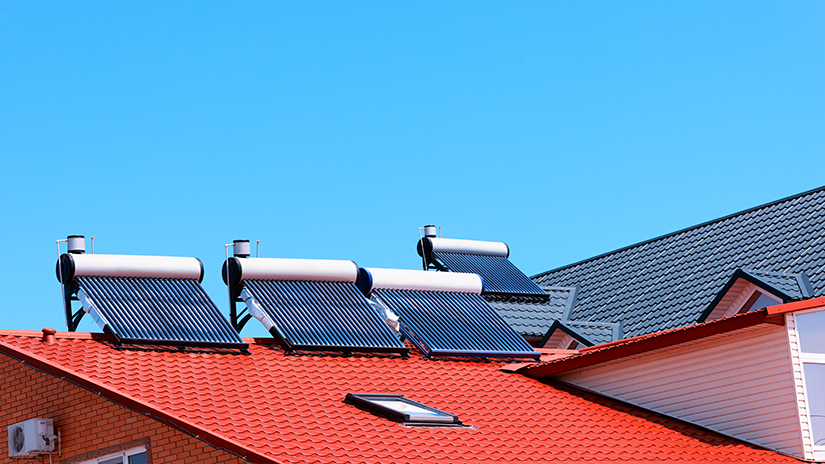
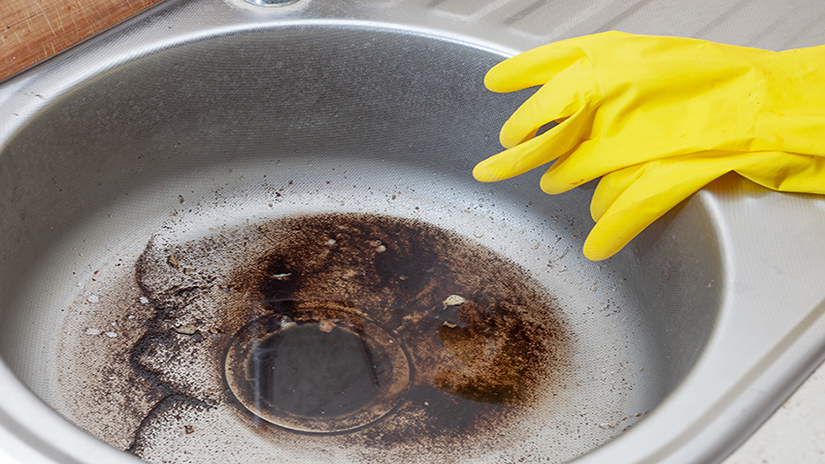
How Much Does it Cost to Unblock a Drain
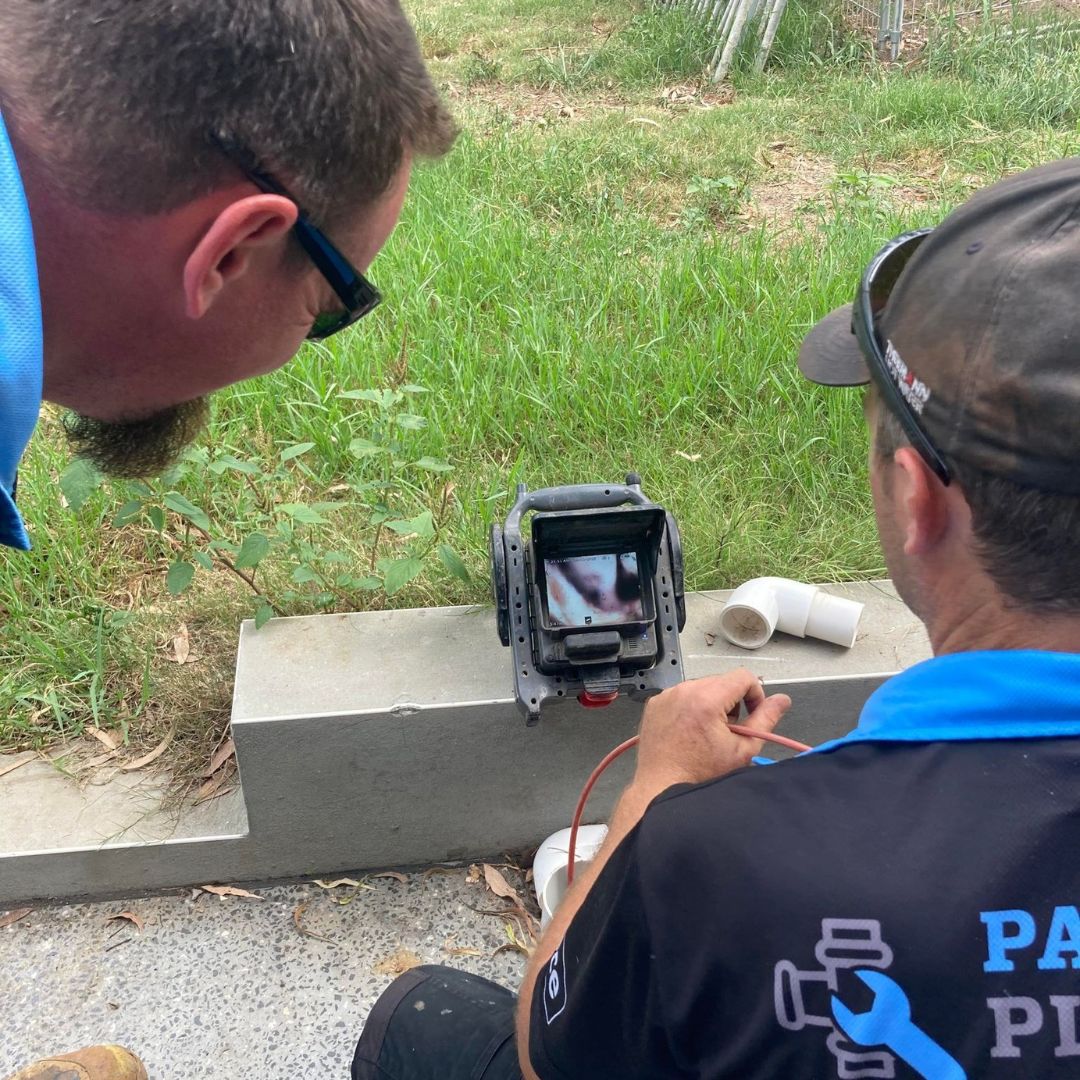
10 Common Causes of Blocked Drains and How to Fix Them

How To Fix Your Water Leak Problems
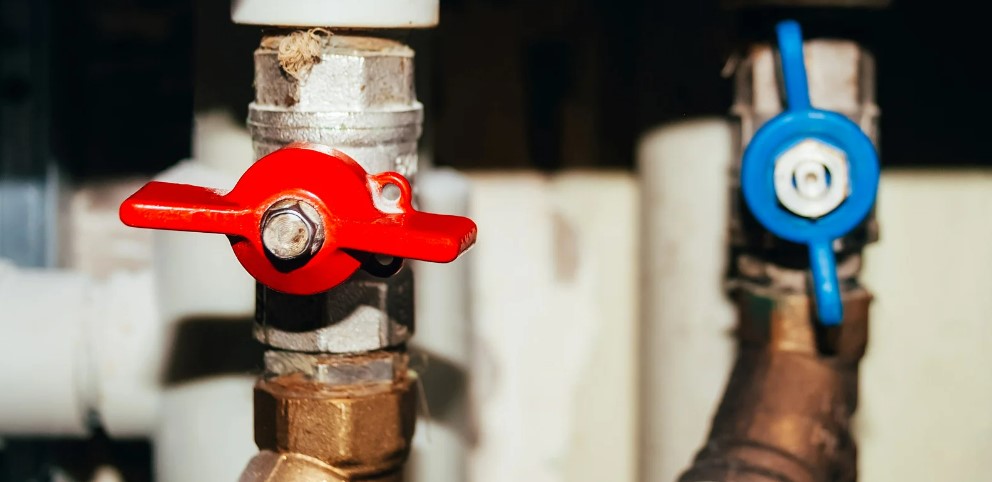
How to Install a Hot Water System

